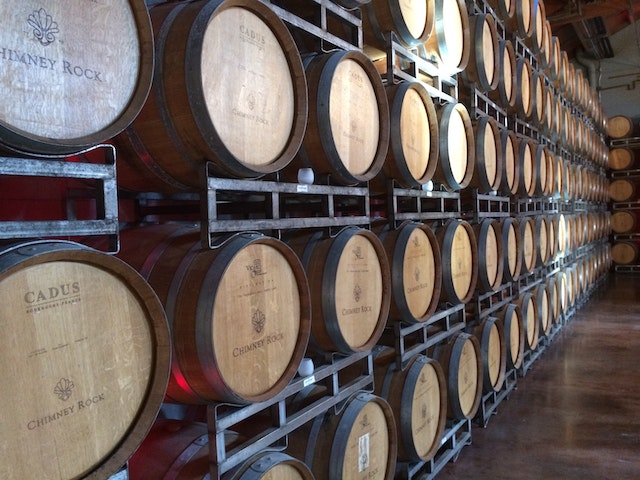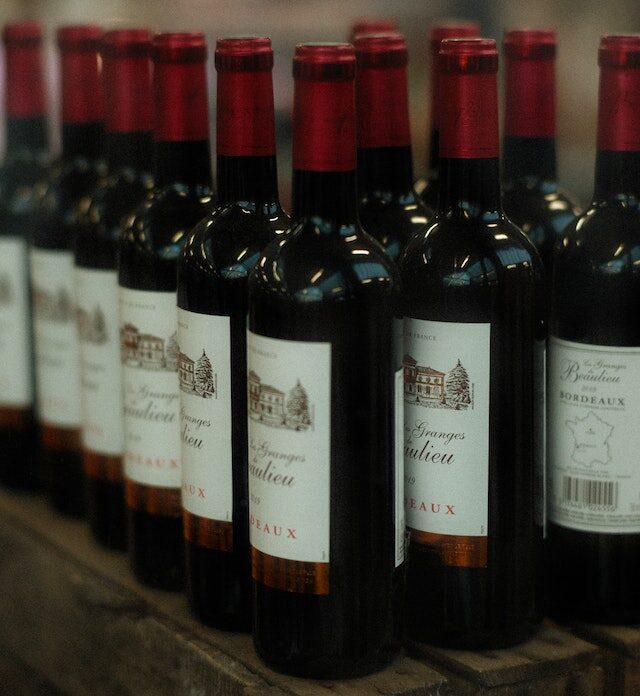Fermentation in Winemaking
Fermentation is an essential process in the production of wine, a beverage that has been enjoyed for thousands of years. It involves the conversion of sugars in grape juice into alcohol by yeast, resulting in the creation of wine with its characteristic taste and aroma.

Fermentation in Winemaking Process
The process of fermentation in winemaking begins with the selection of grapes. Grapes with the right balance of acidity and sweetness are picked at the optimum ripeness, which varies depending on the grape variety and the winemaker’s preferences. Once the grapes are harvested, they are crushed to extract the juice, which is then transferred to fermentation vessels.

Types of Fermentation in Winemaking
There are two main types of fermentation used in winemaking: alcoholic and malolactic.
Alcoholic fermentation is the conversion of sugar into alcohol and carbon dioxide by yeast.
Malolactic fermentation is the conversion of malic acid to lactic acid, resulting in a smoother, creamier mouthfeel and a less acidic taste.
Alcoholic fermentation is initiated by adding yeast to the grape juice.
Make Your Own Wine Kit ⇒ SHOP HERE
The yeast consumes the sugar in the juice, producing alcohol and carbon dioxide as byproducts. The process typically takes anywhere from one to three weeks, depending on the temperature and other factors.
During this time, the wine is fermented in tanks or barrels, and the yeast is allowed to settle to the bottom of the vessel.
Once the alcoholic fermentation is complete, the wine is transferred to another vessel for malolactic fermentation.
This process typically occurs naturally, with the bacteria responsible for the conversion of malic acid to lactic acid already present in the wine.
However, winemakers can also introduce specific strains of bacteria to initiate and control the process.
After malolactic fermentation is complete, the wine is clarified and aged to allow the flavors and aromas to develop fully. The length of aging varies depending on the type of wine and the winemaker’s preferences.

Throughout the winemaking process, there are numerous variables that can impact the final product.
Factors such as temperature, pH, and oxygen exposure can all affect the flavor, aroma, and overall quality of the wine.
As a result, winemakers must carefully monitor and control these variables to ensure that the wine meets their standards.
Conclusion
Fermentation is a critical process in winemaking, transforming grape juice into wine through the action of yeast and bacteria.
By controlling the fermentation process, winemakers can craft wines with unique flavors, aromas, and characteristics.
As such, fermentation remains an essential aspect of the art and science of winemaking, allowing for the creation of the complex and diverse range of wines enjoyed around the world today.
